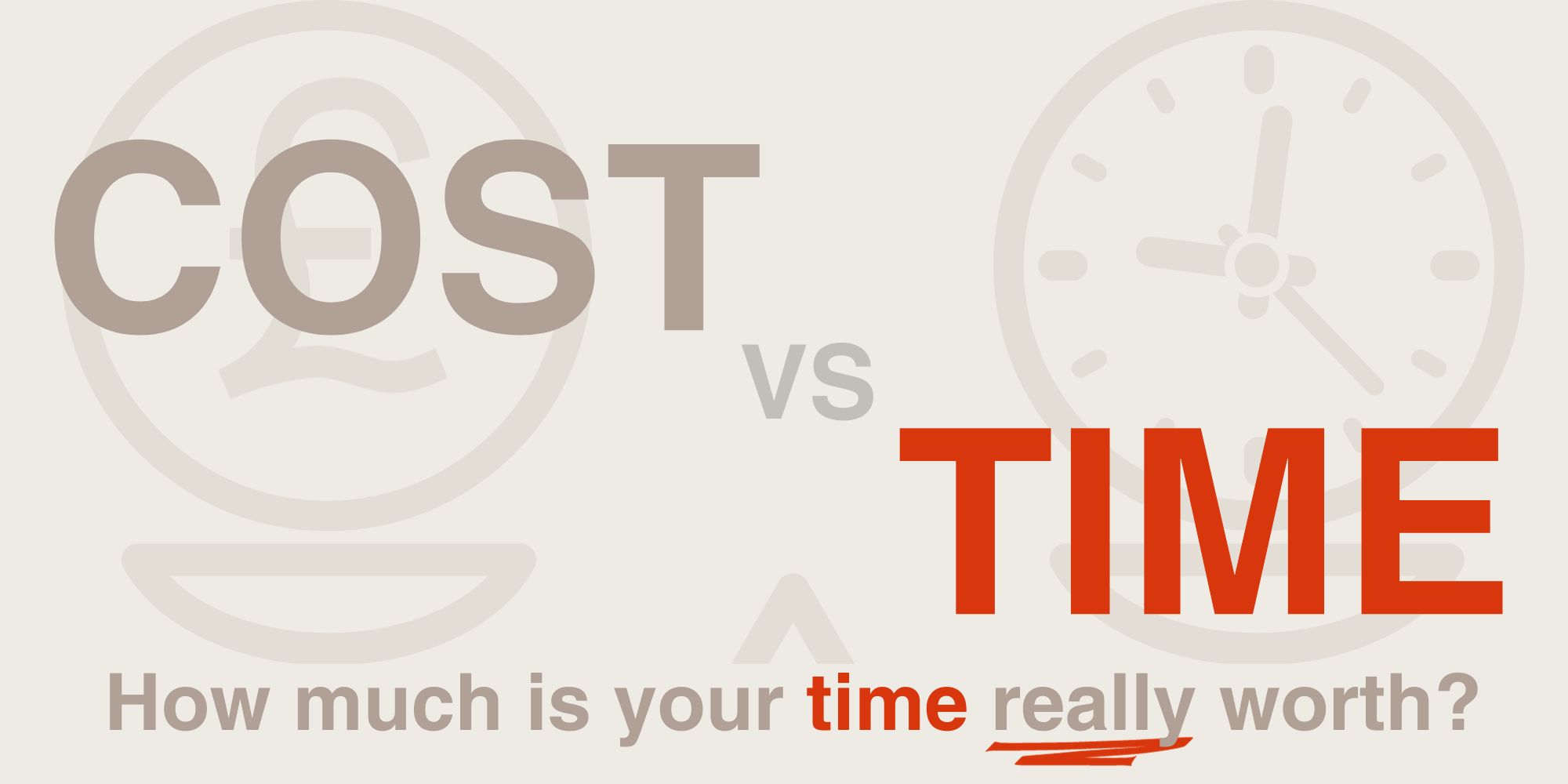Complaints about monopoly hold that ecommerce giants have on the marketplace, and the disadvantages that brings for smaller competitors have come to a head in the past five years. In Europe, the result is the proposed Digital Markets Act (DMA).
In this article, we’ll give you an overview of the regulation, and more importantly, what it could mean for your Google Shopping campaigns in the future.
What is the DMA?
The Digital Markets Act is a proposed European Union regulation. Its purpose is to regulate the behaviour of large online platforms, known as Gate Keepers, such as Google, Facebook, and Amazon.
One of the key areas of the act is the regulation of online marketplaces, like Google Shopping. The idea is that the bigger platforms will have to be more transparent in their business practices, with the aim of giving smaller businesses fairer access to the marketplace.
Despite being proposed in December 2020, the DMA is currently still under consideration by the European Union and it's not clear yet when the EU will agree on the final form – it needs to be ratified by all member states before it is adopted. Therefore, it's hard to predict an exact date for when the EU will pass the regulation to law.
Part of the initial legal challenge focused on the monopoly element around Google Shopping – namely that Google was both media owner and advertiser, which makes for a less competitive and less efficient environment for other CSS providers and consumers.
How is Productcaster involved in the DMA?
Productcaster’s CEO and owner, Martin Corcoran, was invited to Brussels in December 2022 to join 30 other key stakeholders (plus 1,500 joining online) to discuss the future of the search channel and feedback on Google’s plans to become compliant with EU, and likely UK, law.
His experience on the day and feedback was very clear – the Google Shopping channel will change substantially by March 2024.
So, what will the DMA mean for your Google Shopping campaigns?
Google knows that it needs to change and comply quickly, but how is yet to be decided. There have been calls for the Google Shopping boxes to be removed completely, citing them as economically ineffective as they supposedly limit choice for the consumer and competition.
We don’t think that this is likely to happen.
What is more probable is that CSS such as Productcaster will continue to work with Google to develop the existing Google Shopping Channel and drive better performance across the board. Which can only result in better service for businesses running Shopping campaigns and the end user.
Everyone wins.
What if you’re still using Google as your CSS?
As a leader in the CSS industry, we are very clear on this – we firmly believe that all brands should be using a 3rd party CSS. Brands that develop Google Shopping campaigns through an independent, marketing focussed CSS, like Productcaster find that they are more effective.
Not only that but working with a CSS like Productcaster saves businesses like yours up to 20% with each click (the fee charged by Google to use their service). We know this saving is real because we already represent 1,000s of brands across Europe – just look at Wayfair, New Balance, Ann Summers, Cult Beauty, La Redoute, Jo Jo Mama Bebe, Aldi – all saving money using Productcaster.
Switching to Productcaster is so simple and causes no disruption or downtime to your Shopping campaigns. And if you do have any issues, our first-class support team is on-hand to talk you through a solution quickly and efficiently.
If you'd like to find out more about switching your Google Shopping campaigns to Productcaster, either visit our FAQ section or drop us an email at info@productcaster.com.






